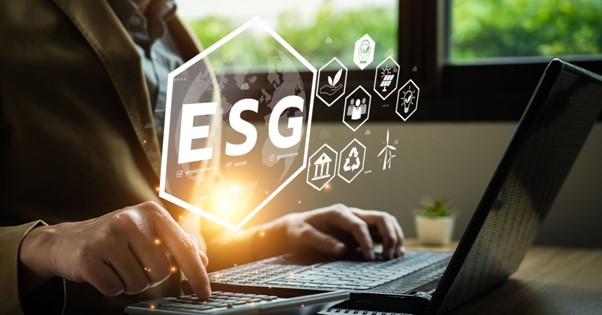
Companies are increasingly expected to demonstrate responsible environmental practices and transparency in their operations to comply with regulations and stakeholders’ increasing requests. Environmental Regulations and Standards encompass a wide range of areas, including emissions control, waste management, resource conservation, and pollution prevention.
Ensuring compliance requires a proactive approach, including regular assessments, employee training, and the implementation of effective environmental management systems.
In addition to reduce the risk of legal penalties and potential reputational damage, compliance with environmental regulations and standards can contribute to sustainable development, foster innovation and strengthen a company's position in the competitive global market.
Let’s see what the main elements are to consider to improve a business’ environmental compliance.
Establish an Environmental Management System (EMS)
An EMS is a structured framework that helps organizations identify, manage and reduce their environmental impacts. Implementing an EMS involves setting goals, developing policies, allocating resources, and establishing monitoring and reporting mechanisms.
The International Organization for Standardization (ISO) provides the ISO 14001 standard, a widely-adopted guideline for creating and maintaining an effective EMS.
Conduct regular assessments and audits
Environmental assessments and audits are essential in maintaining an organization's Environmental Management System (EMS) as they help identify potential compliance issues and monitor overall effectiveness.
These evaluations should focus on various aspects, such as identifying gaps in compliance to ensure adherence to relevant regulations and standards.
Evaluating the effectiveness of existing policies and procedures helps pinpoint areas where improvements may be necessary. It is also important to ensure that proper documentation and recordkeeping practices are in place, as these demonstrate due diligence and support regulatory compliance.
Another crucial aspect consists of verifying that employees have received adequate training and are aware of their environmental management responsibilities.
Additionally, it is vital to assess the environmental compliance of suppliers and contractors, as their activities can significantly impact an organization's environmental footprint.
Invest in employee training and awareness
Employee training is crucial to ensuring environmental compliance, as the efforts to comply with different sustainability regulations require transversal participation and awareness by the whole company’s workforce. Effective training programs must be comprehensive and well-rounded, to promote a sustainable and responsible work environment.
These programs should encompass the organization's environmental policies and objectives to ensure that all employees are well-versed in the company's mission and values. Additionally, they must cover relevant environmental laws and regulations to foster compliance and promote responsible decision-making. To minimize environmental impacts, it’s recommended to teach what the best practices are, and to emphasize the importance of continuous improvement and sustainability.
Emergency response procedures are another critical component of such training programs, as they prepare employees to effectively handle unforeseen situations while mitigating potential harm. Lastly, reporting and documentation requirements must be addressed to maintain transparency, accountability, and adherence to regulatory standards.
Foster a culture of environmental responsibility
Embedding environmental responsibility into an organization's culture is vital for ensuring ongoing environmental compliance with regulations and standards.
Key strategies to accomplish this task include communicating environmental goals and achievements to both staff and stakeholders, encouraging employee involvement in various environmental initiatives, recognizing and rewarding outstanding environmental performance, and promoting sustainability throughout the entire organization.
By adopting these strategies, companies can foster a culture that embraces environmental responsibility, leading to continuous improvement in sustainable practices.
Conclusion
Environmental compliance is a critical component of responsible business practices.
By understanding and adhering to applicable laws and regulations, implementing an EMS, conducting regular assessments, investing in employee training, fostering a culture of responsibility, developing relationships with regulators, and continuously improving, organizations can successfully navigate the complex world of environmental compliance and contribute to a sustainable future.



